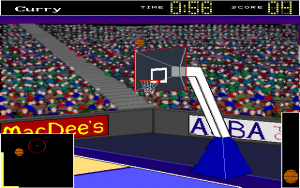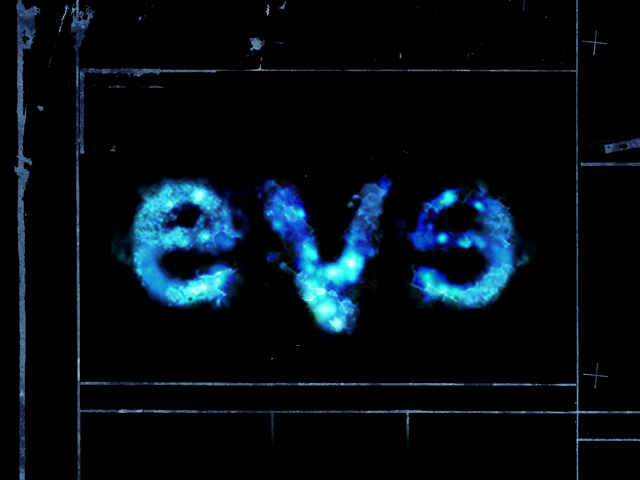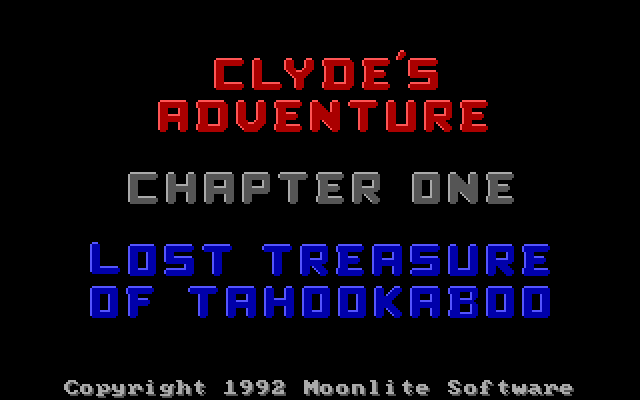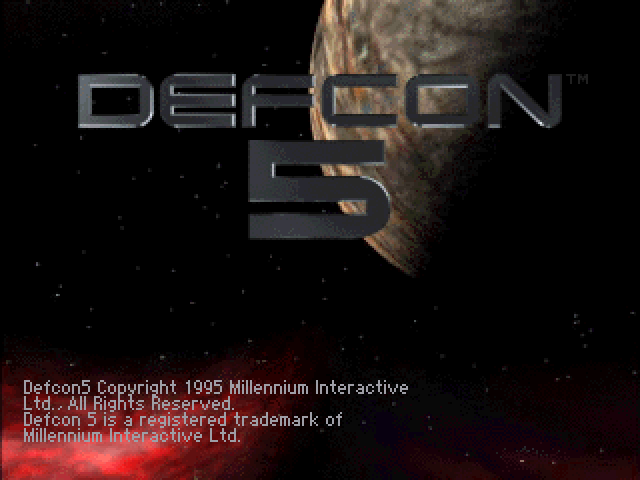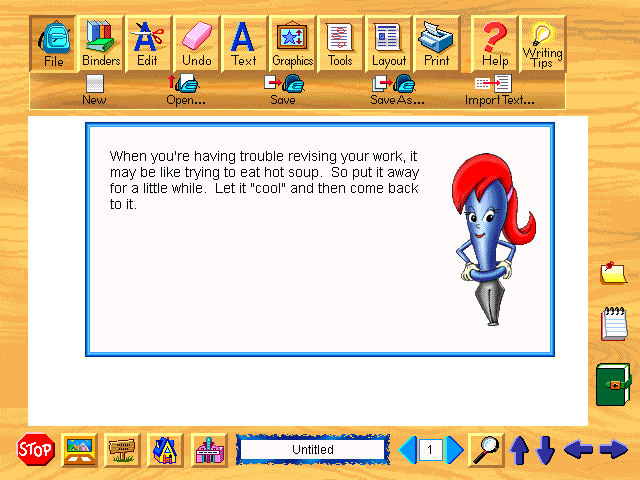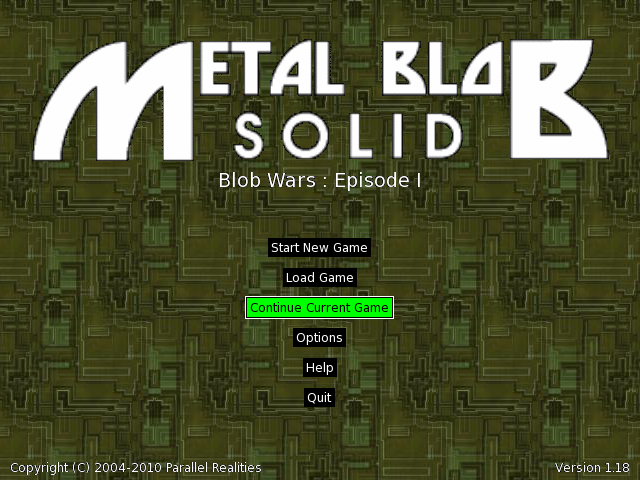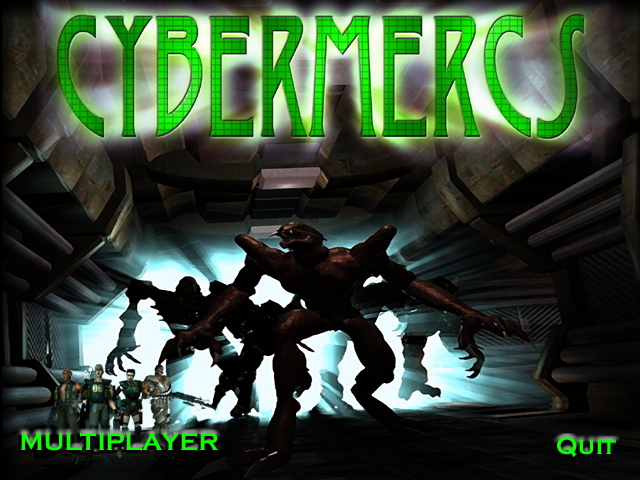Three Point Basketball Deluxe 
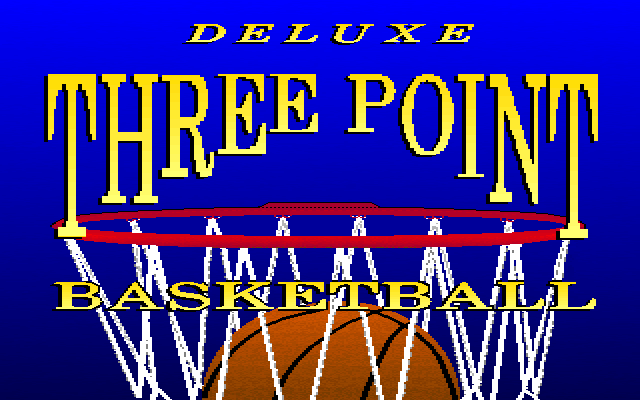
Three Point Basketball Deluxe unintentionally depicts what it would be like to enter the NBA Three-Point Contest with absolutely no preparation or athletic ability. Loosely following the rules of the all-star basketball event, you attempt to make three-point shots from different angles around the basket. If you score more than your opponent, you move onto the next round of the tournament bracket. Difficulty settings change the size of the basket, as well as moving the basket’s location to keep you alert.
The game tries for controls that gracefully capture the muscle reflexes of the real sport, like the “three-click swing” mechanic in almost all golf video games. Its result – an unwieldy system of holding the mouse button, releasing it, then clicking again – never handles intuitively. Shooting a basketball shouldn’t be an alien experience, and yet it is here, with your shots veering off in wild directions. At higher skill levels where you can score consistently, the idea of throwing a ball still feels unnatural and uncomfortable.
Thank goodness at least for Rick Vitality. Three Point Basketball Deluxe lightly riffs on the NBA, mostly through fake brand names and easy-target player parodies. Its greatest triumph is Vitality, a Dick Vitale-aping color commentator whose over-the-top, bewildered opinions on the tournament barely resemble human speech. Nothing he says is funny or that distinct from what an actual NBA pre-game show might offer up, but he delivers his lines so bizarrely, punctuated with random interjections of “baby!” while his arms flail around, that he almost single-handedly carries the game. Three-point city, baby!

